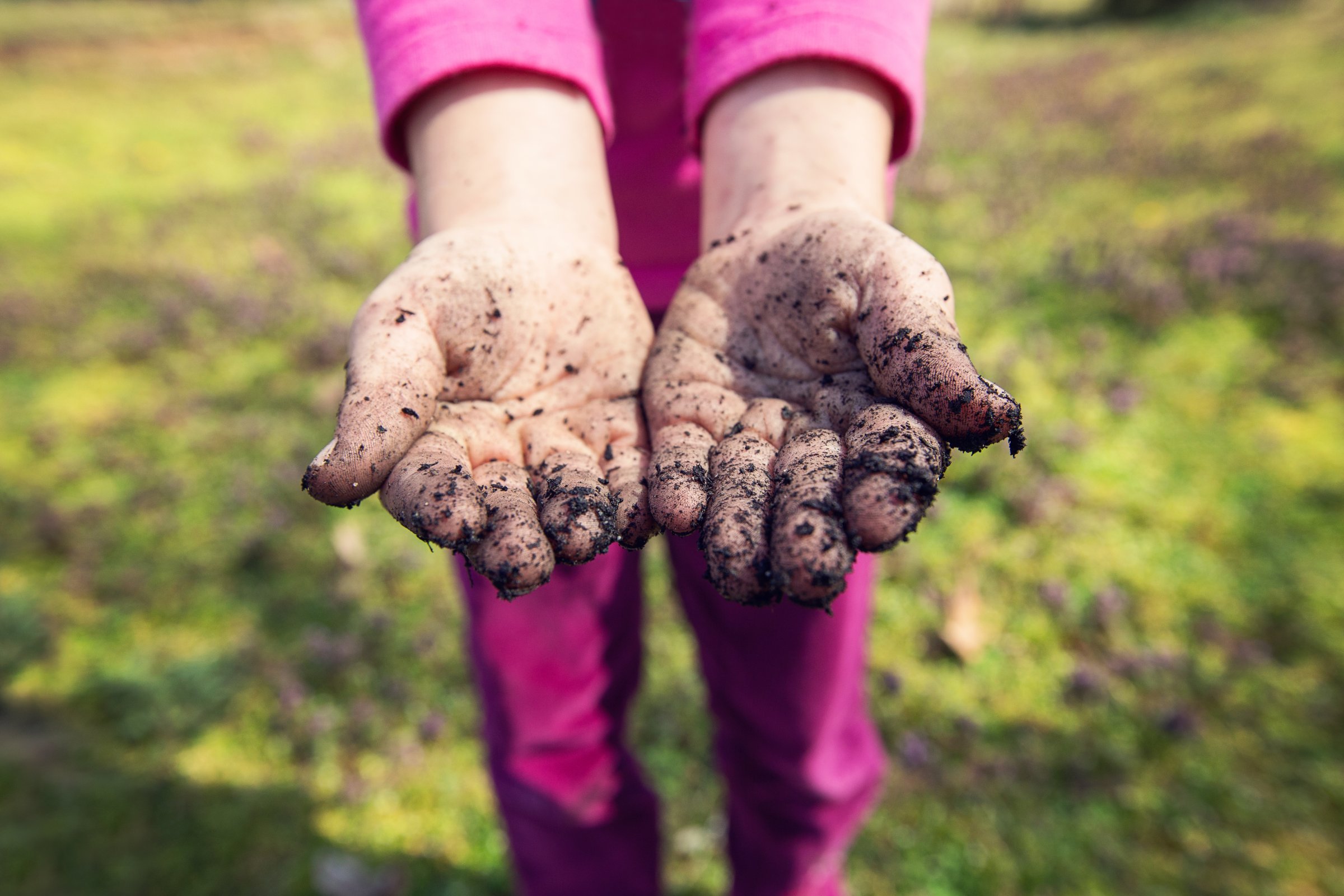
Infants who are exposed to unsavory things like rodent and pet dander, roach allergens and household bacteria during their first year are actually less likely to suffer from allergies and asthma, Johns Hopkins researchers say.
A new study published in the Journal of Allergy and Clinical Immunology shows that being exposed to allergens before a child turns one can benefit allergies. To reach these findings, the researchers studied 467 inner-city infants in Boston, New York and St. Louis. They tracked their health over three years, and visited their homes to calculate the levels of a variety of allergens. They also conducted allergy tests on the children and collected bacteria from dust gathered in their homes.
The kids who lived in homes with mouse and cat dander as well as cockroach droppings during their first year had lower rates of wheezing by age 3. The kids with a greater amount of bacteria in their homes were also less likely to wheeze and were less likely to have environmental allergies.
Kids who were completely free of allergies were also most likely to grow up in homes with the highest amount of allergens and bacteria in them. In contrast only 8% of kids with both allergies and asthma were exposed to the substances by the time they were 1.
It’s possible you’ve heard of the “hygiene hypothesis,” which is the speculation that the reason Americans have so many allergies is because we are, quite simply, too clean. Kids are kept in such sterile environments that they never build immunities to common allergens.
A significant amount of research has shown that kids who grow up living on farms with livestock, or with a pet are less likely to develop asthma or allergies. Prior research has also suggested that it’s not necessarily dust that provides a protective benefit, but the microbes that are in our guts that influence our immune system and ability to fight off infections.
The new findings support a growing body of evidence that a little exposure to germs here and there never hurt anyone, and in fact, could actually be protective.
More Must-Reads From TIME
- The 100 Most Influential People of 2024
- Coco Gauff Is Playing for Herself Now
- Scenes From Pro-Palestinian Encampments Across U.S. Universities
- 6 Compliments That Land Every Time
- If You're Dating Right Now , You're Brave: Column
- The AI That Could Heal a Divided Internet
- Fallout Is a Brilliant Model for the Future of Video Game Adaptations
- Want Weekly Recs on What to Watch, Read, and More? Sign Up for Worth Your Time
Contact us at letters@time.com